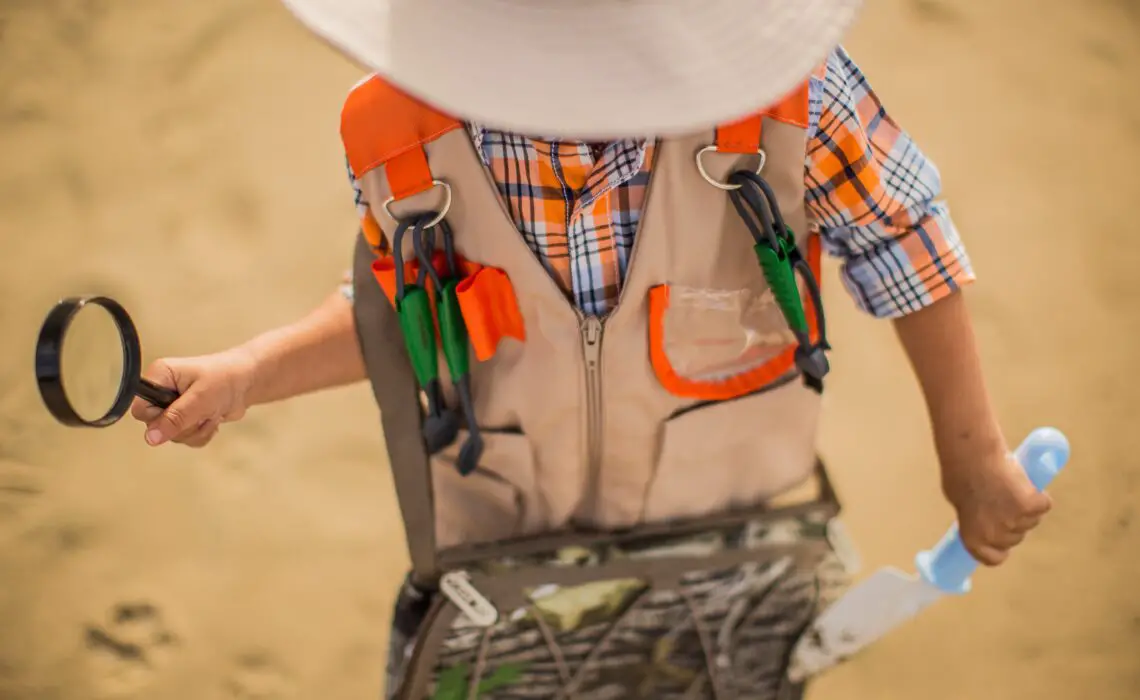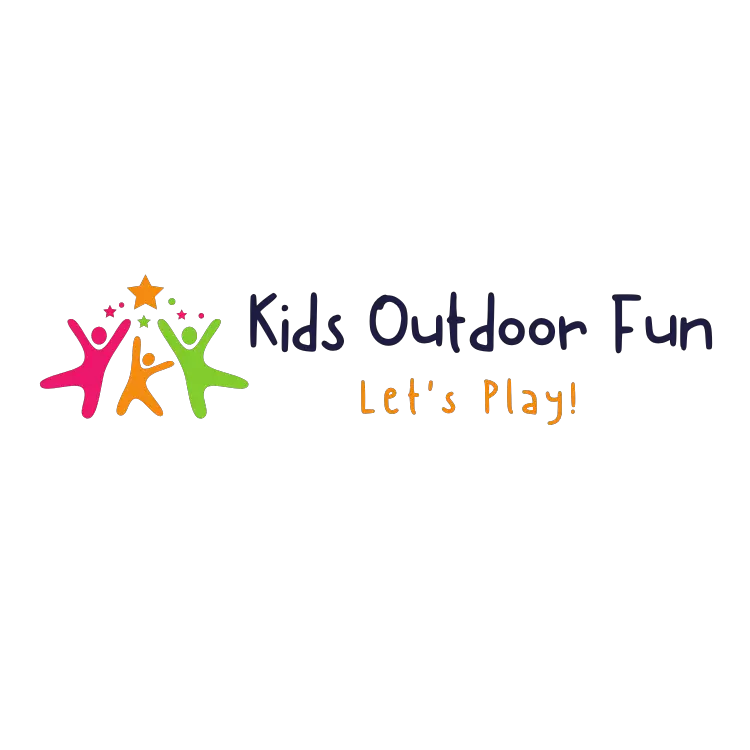
Are you looking for an exciting and educational activity that your kids can enjoy outdoors? Look no further than a Nature Hunt! In this article, we’ll show you step-by-step how to create your own unique nature hunt for kids, complete with all the materials needed and tips on how to make it even more fun!
Introduction to Nature Hunts
One of the best ways to get kids interested in nature is to take them on a nature hunt! By searching for different items on a list, they can explore their surroundings and learn about the natural world around them. To design your own nature hunt, first decide what you would like your child to look for. This could be things like flowers, trees, leaves, or bugs. Once you have your list of items, create a simple scavenger hunt sheet for your child to follow. Make sure to include pictures or descriptions of each item so there is no confusion. If you want to make the hunt more challenging, you can add riddles or clues along the way. You can also set a timer and see how long it takes your child to find all the items on the list. Nature hunts are a great way to get kids excited about learning about the outdoors!
Choosing a Location
When choosing a location for your nature hunt, think about what kind of environment you want your kids to explore. If you’re looking for a more rural setting, consider a nature preserve or state park. If you’re wanting a more urban feel, look for a city park or botanical gardens. Once you’ve decided on the general area, take some time to walk around and get a feel for the space. Note any areas that seem particularly interesting or full of potential. You may also want to consider the time of day that you’ll be doing the hunt, as some places will be more conducive to exploring during certain times of day than others.
Gather Supplies
In order to design your own nature hunt for kids, you will need to gather a few supplies. First, you will need a list of items that you would like to find. This can be anything from leaves and sticks to flowers and rocks. Next, you will need a bag or container to put the items in as they are found. Finally, you will need a pencil and paper to keep track of the items that have been found.
Creating Clues and Questions
When you’re creating clues and questions for your nature hunt, there are a few things to keep in mind. First, make sure the clues and questions are developmentally appropriate for your child. If your child is young, make the clues and questions simple. As they get older, you can make the clues and questions more challenging. Second, try to create clues and questions that will encourage your child to use all of their senses. For example, if you’re hiding an object in the backyard, you might ask your child to ‘find something that smells like dirt.’ This will help them engage with their environment and really think about what they’re looking for. Finally, don’t be afraid to be creative! If you can think of a fun way to present the information, go for it! Nature hunts are supposed to be enjoyable, so have fun with it!
Setting Up the Hunt
Assuming you would like tips for setting up a nature scavenger hunt for kids: 1. Choose a location: You’ll want to pick a place that is safe and has a variety of nature items to find. A park or backyard is a great option. If you’re feeling adventurous, you can even take your hunt to the beach or woods! 2. Make a list: Before you head out on your hunt, sit down with your child and make a list of things they might be able to find. This could include leaves, flowers, rocks, acorns, feathers, etc. If you’re unsure what kinds of things are in your chosen location, do a quick Google search or ask a nearby park ranger. 3. Give each item a point value: Once you have your list, assign each item a point value. This will make it more fun for kids to keep track of what they find and see who can get the most points! 4. Set a timer: To add an extra element of challenge (and fun!) to the hunt, set a timer for how long kids have to find all the items on the list. 1-2 hours is usually plenty of time depending on the size of your chosen location and the age/attention span of your child. 5. Go hunting!: Now it’s time to head out and start finding all those nature treasures! Be sure to take plenty of pictures along the way so you can
Make it Fun! (Activities, Games, etc.)
Designing a nature hunt for kids can be a fun and rewarding experience. Here are a few tips to help you get started: 1. Choose a location. A nature hunt can be done in your backyard, at a local park, or even on a nature hike. 2. Make a list of items to find. This can include things like flowers, leaves, rocks, sticks, bugs, and more. 3. Create clues or riddles to help guide the kids on their hunt. 4. Hide the items around the chosen location and then let the kids loose to find them! 5. Optional: award prizes for those who find the most items or solve the clues correctly.
Conclusion
We hope this guide has helped you come up with some great ideas for designing your own nature hunt. Nature hunts are a fantastic way to get kids excited about the outdoors, and they can be adapted to any age or skill level. Whether you’re looking for an outdoor activity that helps teach kids more about their local environment or just want something fun and interactive to do together on a nice day outside, creating your own nature hunt is sure to be a hit!




